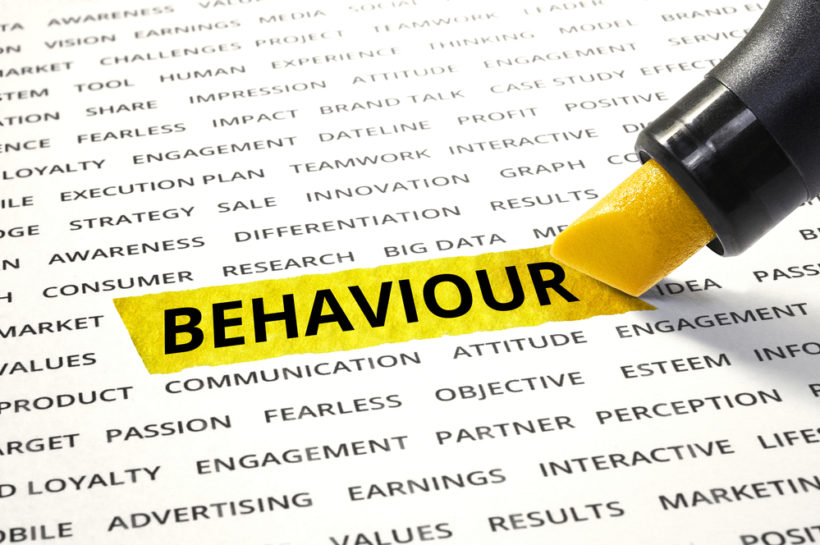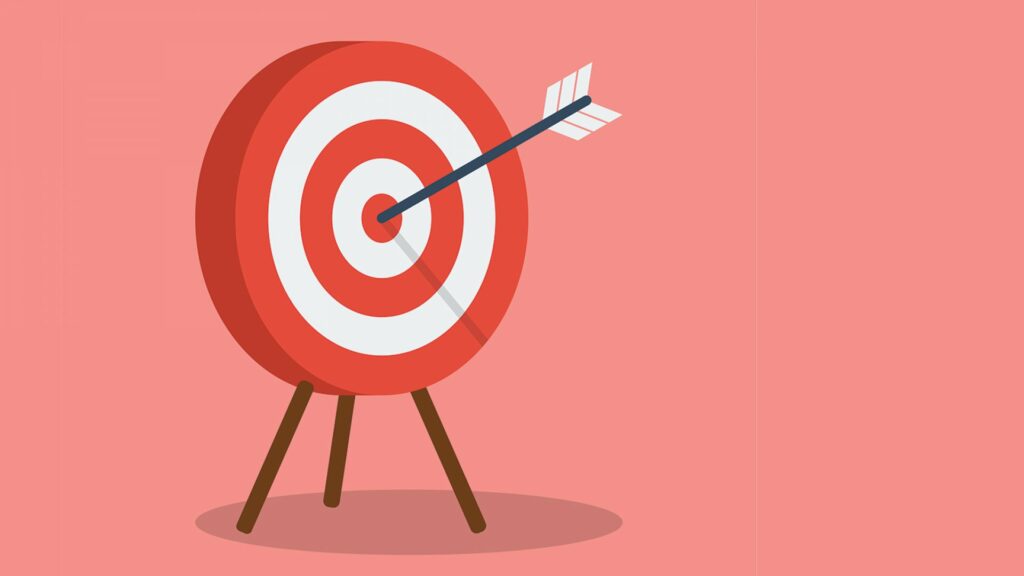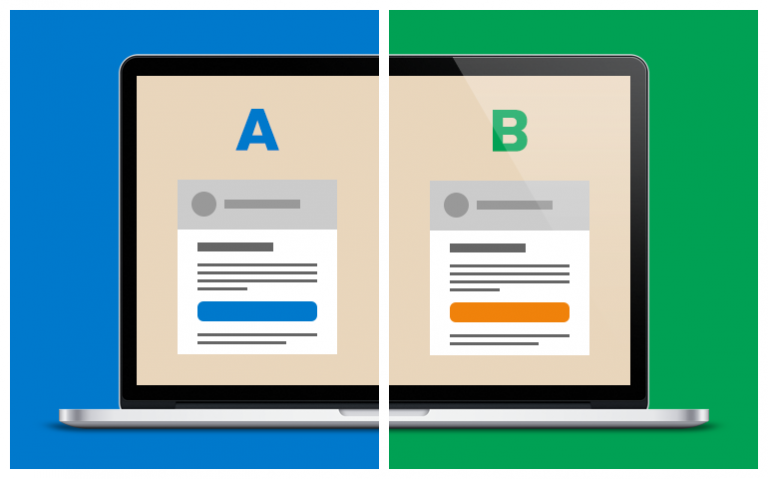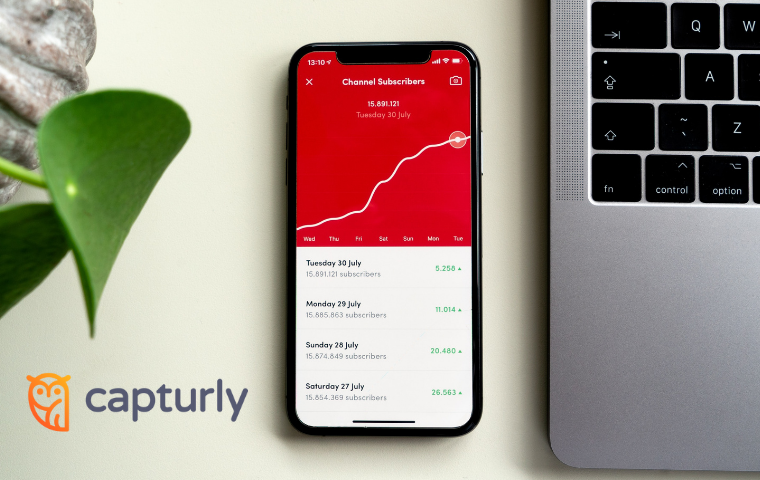We all know that content is king, but what is content without content analytics?
Marketers today focus on creating high-converting copies that sell their message and help them reach their goals. In addition to, while content creation is a demanding task that requires both creativity and resourcefulness. It means nothing without proper content analysis. Not knowing how your content performs means making content decisions based on intuition instead of facts.
Therefore, content analytics is crucial for the success of all your future campaigns and strategies. You need to learn as you go and gather the valuable data that provides answers to all your questions. If you’re not sure how it all works, just keep reading.
Here’s everything you need to know about content analytics and getting the most out of it.
Table of Contents
What is Content Analytics?
Let’s start by explaining what exactly is content analytics and just how important it is for the success of your content marketing strategy.
Here’s a definition of content analytics:
Content analytics defines a family of technologies that processes digital content and user behavior in consuming and engaging with content, such as documents, news sites, customer conversations (both audio and text), and social network discussions, to answer specific questions.
If we try and simplify this definition, we could say that content analytics uses tools and technology to measure the success of content in terms of numerous customer-related metrics and data. That means that content analytics is a powerful tool for marketers. And it can teach them how to create and use content to set and reach their objectives more realistically.
What are the Benefits of Content Analytics?
When we measure the success of our content, we collect and create data that helps us understand it better. We gain insight into the results of our hard work and learn how to be even better. The benefits of content analytics can thus be seen in answering these three questions:
Does my content contribute to sales?
In the end, it all depends on your sales. You want to see if your content writing efforts and are paying off. Content analytics will help you measure the success of your current content and show you if it’s positively influencing your figures.

What should I do next?
When you analyze your previous content efforts and success, you’re able to make smarter decisions for your future content. Learning from your mistakes or your successes is the best way to learn. That way, you can make fact-based decisions for your future content writing.
What is the bigger picture?
Finally, content analytics lets you see the bigger picture of your entire content creation journey. As you collect data and gain insight, you’re building a valuable database that helps you discover what works, what doesn’t. And you can also figure out, how you can do better in the future. As you can see, the benefits of content analytics are really strong. That’s why you need to learn how to get the most out of content analytics.
What Metrics Should your Track?
Content analytics is such a broad field, and you won’t be able to cover all aspects of it at once. The good news is- you don’t have to. Based on your specific needs and preferences, you’ll use those tools and resources that will help you conduct a specific type of content analytics. In other words, you’ll focus on specific metrics to keep track of. Here are the metrics you can and should consider tracking:
Traffic
Web traffic is often the number one metric that marketers look into. Tracking your web traffic means knowing where the traffic is coming from and what type of content works best for your target audience. This helps you learn about organic and paid traffic as well, and is an important metric you need to follow.
CTR (Click-Through-Rate)
CTR is usually measured for paid campaigns, ads, and promotions. It’s the number of clicks that your ad receives divided by the number of times your ad is shown i.e. per number of impressions. The formula is:
clicks/impressions=CTR
CTR is important both as proof of the success of your paid ads, but also for giving you high Quality Scores. Moreover, it allows you to lower the cost of your ads, but maintain a great ad position.
User-behavior
Content analytics allows you to look deeper into the user behavior and see what your potential customers are doing with your content. User behavior is based on numerous minor metrics such as time on page, bounce rate, or the number of sessions.

Knowing how your users are acting when in contact with your content will tell you more about improving your content and making it more dynamic, attention-grabbing, or persuasive.
Social shares
You want to know if your content is interesting and valuable, does it resonate with your audience the way it should. Measuring social shares will help you see which content got their full attention and which didn’t quite.
Backlinks
If other people are referring to your content, sharing it in their blog posts, or across their other media, you’re doing a great job. If not, you need to try harder. Measure the backlinks to your content, do a cross-comparison for different pieces of your content, and understand what brings you the most attention.
The metrics you follow will determine what you learn about your content and how you change and adapt over time. It removes any guessing or intuition intake on your marketing campaigns and allows you to use data, insight, and facts to decide what your next move is.
How to Get the Most Out of Content Analytics?
Now that you understand the potential of content analytics and the options it gives you for improving your content and your marketing strategy in general. Let’s take a look at the practical ways you can use it.
We’ve made a list of the best methods and content analytics uses, that will help you get the most out of it. Here’s what you should do.
Set Content Objectives
First things first, you need to start by setting clear objectives for your content. Answer these questions and define your content goals. What…
- do I want to achieve with this content?
- are the results I’m hoping to see?
- benefits will this bring me?
Your goal can be anything from raising brand awareness to increasing sales. You just need to focus on it, before you start creating it and then applying your content analytics efforts.

Do an Initial Assessment
Before you venture into a new content marketing campaign and start any new chapters, you need to do an assessment of the current situation.
That means you’ll use content analytics to:
- measure your share of conversation (SOC) to position yourself against competitors
- try and understand the success or failure of your previous campaigns
- remind yourself of your goals and look for the best type of content to achieve it
This way, you’ll be using content analytics as a part of the preparation stage, which will allow you to make smarter decisions.
Know Who’s Consuming
To get more quality leads, firstly you need to adapt your content to your target audience. Furthermore, it’s one thing for you to set a target audience and try and reach them, and a whole other thing to analyze who’s consuming your content.
The two groups of people can differ significantly.
Use content analytics to learn:
- Who’s consuming your content?
- How to turn these people into customers?
For instance, you may have targeted experts from your niche wanting to give them quality content as proof of your professionalism. Turns out, beginners are consuming your content as a source of valuable information.
This will change your perspective and approach to future content creation.
Find Evergreen Topics
Content analytics is not just about how your content performs now. It’s about the long-term success of your content as well. There are evergreen topics that can continue to bring traffic even years after they’ve been published. This is also known as content shelf life.
So, don’t forget to measure the success of your existing content and see what keeps bringing engagement, traffic, and interactions. Then, use this information to continue creating such content. If you need help with writing evergreen pieces, this cheapest essay writing service can do the job for you. Just make sure you’ve detected the type of content that lasts longer with your target audience.
Use A/B testing
Content analytics can be combined with A/B testing to see what content works best when you run the metrics you want. A/B testing means:
- creating two sets of content
- making clear differences (e.g. one ad shows a face of a woman while the other shows an entire family)
- setting the same goal (e.g. increasing engagement)
- measuring what works better
By isolating certain content features through A/B testing and then using the right metrics to measure their success, you get valuable insight that you can start applying immediately. So, consider this strategy when you need to learn more about your content and its consumers.

Understand User Behavior
When a piece of content is performing great, your work there is not done. You need to understand what makes it so engaging or valuable for your customers.
Tracking user behavior will help you find the answer to these questions. What…
- are they navigating to?
- part of the content do they like the most?
- makes this piece of content so successful?
By looking into user behavior, you’ll learn more about the specific parts of your content and not just your content as a whole. It’s the type of valuable information you need to keep creating brilliant pieces of content.
Before & After
Constant content assessment is another thing you need to do when it comes to content analytics. You have to make sure you’re seeing progress in your content marketing efforts, which means never letting your guard down.
Use content analytics to:
- assess old content
- assess new content
- measure the same metrics
A before and after assessment will tell you whether your content improvement efforts are working, or you need to make additional changes to have your content perform higher. If you’re not learning from your content, your content analytics efforts will be in vain.
Find Your Strongest Weapons
Finally, content analytics will help you learn about the cornerstone of your content strategy. You’ll be able to determine what or who brings in the most traffic, engagement, and conversions.
Simply put, you’ll be able to define what…
- are your top content writers, based on the performance of their content?
- topics work best with your target audience?
- posts have made the best success for a certain timeframe that you set?
- sources of traffic have been most successful in your previous campaign?
The more you analyze, the more data you’ll have. And the more data and insights you have, the more you’ll know about your content.
In conclusion, use content analytics to determine what makes you a strong competitor on the market, and how you can do even better in the future.
Final Thoughts
Content analytics is truly a powerful tool for digital marketers. It makes all aspects of content marketing easier and more successful. You’ll learn about content creation, promotion, and assessment, which will boost all your future content marketing efforts.
Hopefully, the ideas and advice we’ve shared above will get you to start using content analytics more actively. You have to just find the right spots in your content strategy that need analysis and improvement.
Author’s Bio
Nicole Garrison is a digital marketer and a blogger. She mainly writes about winning copywriting techniques and tools for writing high-converting content. She’s also an editor at several writing services. You can read those dissertation writing services reviews for more information.
Don't forget, sharing is caring! :)

